Reach Ranges and Operability Requirements
In this guidebook, you will see the provision "Controls and operating mechanisms must comply with the requirements for reach ranges and operability specified in ABAAS, sections 308 and 309" whenever a site feature has buttons, knobs, handles, or other controls or operating devices. One of the basic principles of universal design and accessibility is to provide controls that most people can reach and use.
Design Tip
Understand forward reach and side reach terminology.
When the phrases "forward reach" and "side reach" are used in the context of accessibility, they don't refer to the object a person is trying to reach. They refer to the position of the person doing the reaching. A forward reach means that the person is facing the object and reaching forward toward it (figure 50). A side reach means that the person's side is closest to the object, and the person is reaching either to their right or left towards the object (figure 51). People using wheelchairs can't reach as far forward over their laps as they can reach to the side. They also need correctly sized spaces to position their wheelchairs to be able to reach objects from the front and from the side. That is why there are different height and clear floor space requirements for forward and side reaches.
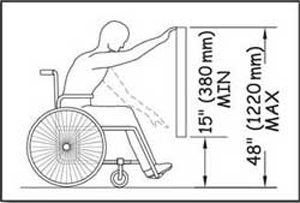
Figure 50—The requirements for unobstructed forward reach.
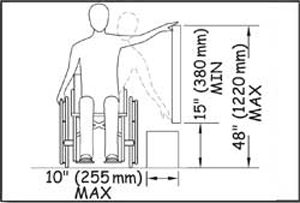
Figure 51—The requirements for unobstructed side reach.
ABAAS, section 309 requires that controls and operating mechanisms be operable with one hand without tight grasping, pinching, or wrist twisting, using a force no greater than 5 pounds (2.2 newtons). To test a control, try operating it by applying light force with one closed fist, without bending your wrist.
Section 308 of ABAAS identifies the following reach requirements:
-
Unobstructed Reaches—When a forward or side reach is unobstructed, the object to be reached must be no higher than 48 inches (1,220 millimeters) and no lower than 15 inches (380 millimeters) above the floor or ground (figures 50 and 51). For side reaches only, an object that is below the object to be reached and isn’t more than 10 inches (255 millimeters) wide doesn't count as an obstruction.
-
Obstructed Forward Reach—When an object must be reached over an obstruction, the clear floor space must extend beneath the obstruction for at least as far as the reach depth over the obstruction. The object to be reached is not allowed to be under the obstruction. If the obstruction is 20 inches (510 millimeters) deep or less, the object to be reached must be between the top of the obstruction and 48 inches (1,220 millimeters) above the floor or ground (figure 52). If the obstruction is more than 20 inches (510 millimeters) deep, the object to be reached must be between the top of the obstruction and 44 inches (1,120 millimeters) above the ground or floor (figure 53). The obstruction must not be more than 25 inches (635 millimeters) deep.
-
Obstructed Side Reach—For side reaches, obstructions must not be more than 34 inches (865 millimeters) high or 24 inches (610 millimeters) deep. The object to be reached is not allowed to be under the obstruction. If the reach depth is 10 inches (255 millimeters) or less, the object to be reached must be 48 inches (1,220 millimeters) or less above the ground or floor (figure 54). If the reach depth is between 10 and 24 inches (255 and 610 millimeters), the object to be reached must not be more than 46 inches (1,170 millimeters) above the floor or ground (figure 55).
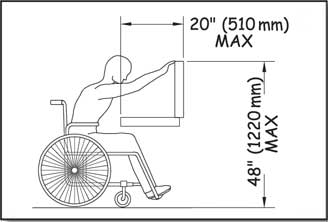
Figure 52—The requirements for obstructed high forward reach, narrower obstacles.
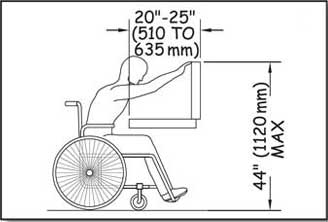
Figure 53—The requirements for obstructed high forward reach, wider obstacles.
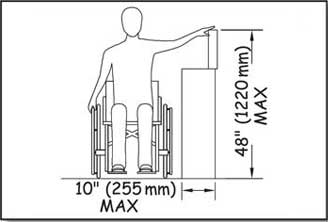
Figure 54—The requirements for obstructed high side reach, narrower obstacles.
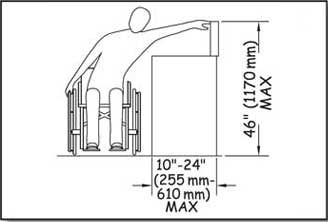
Figure 55—The requirements for obstructed high side reach, wider obstacles.

User Comments/Questions
Add Comment/Question